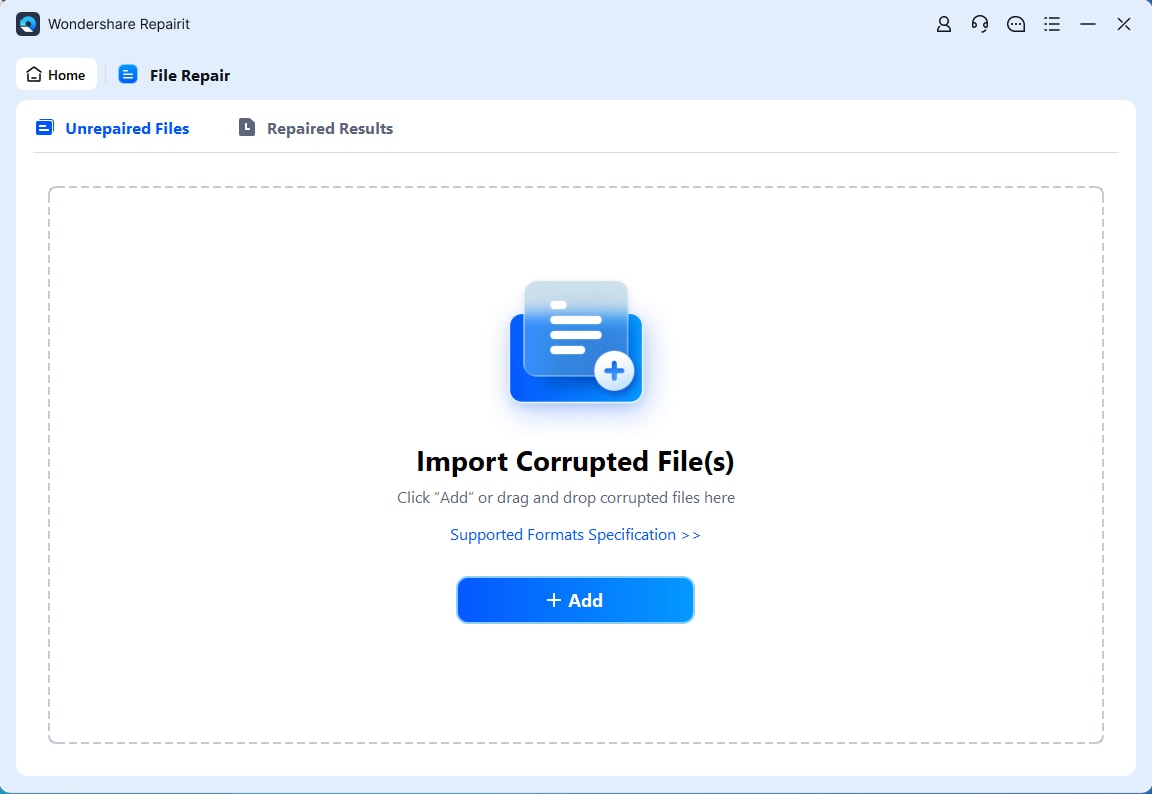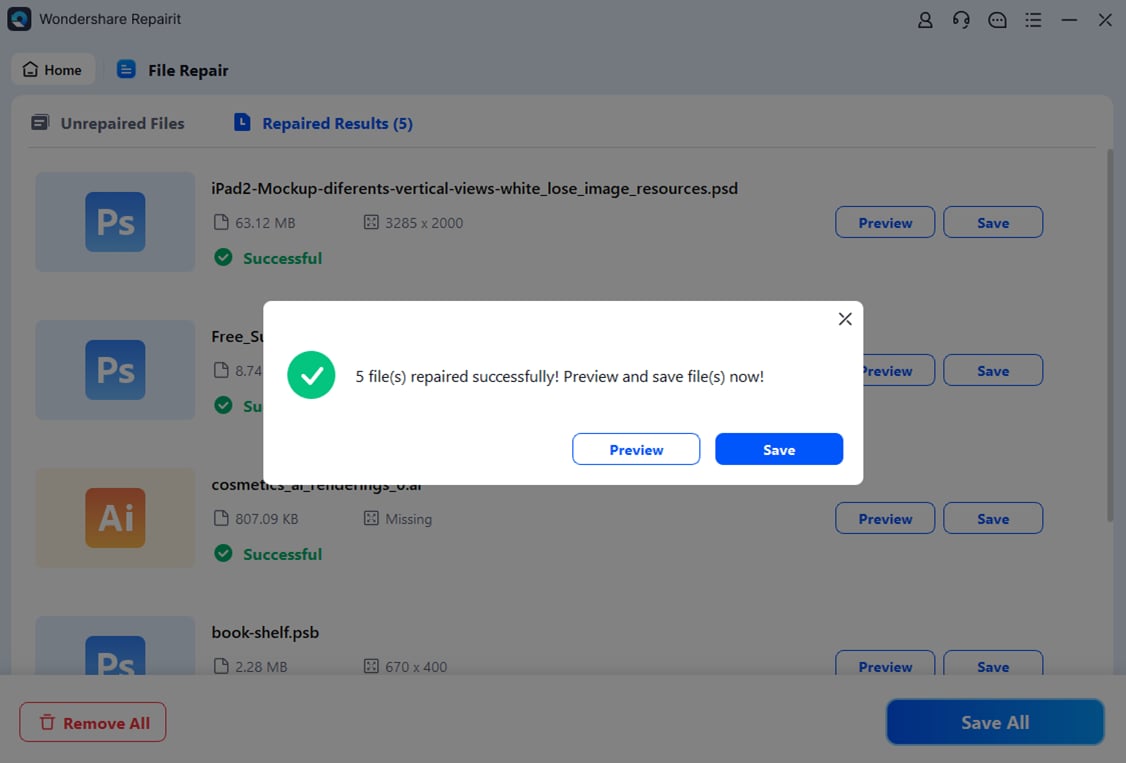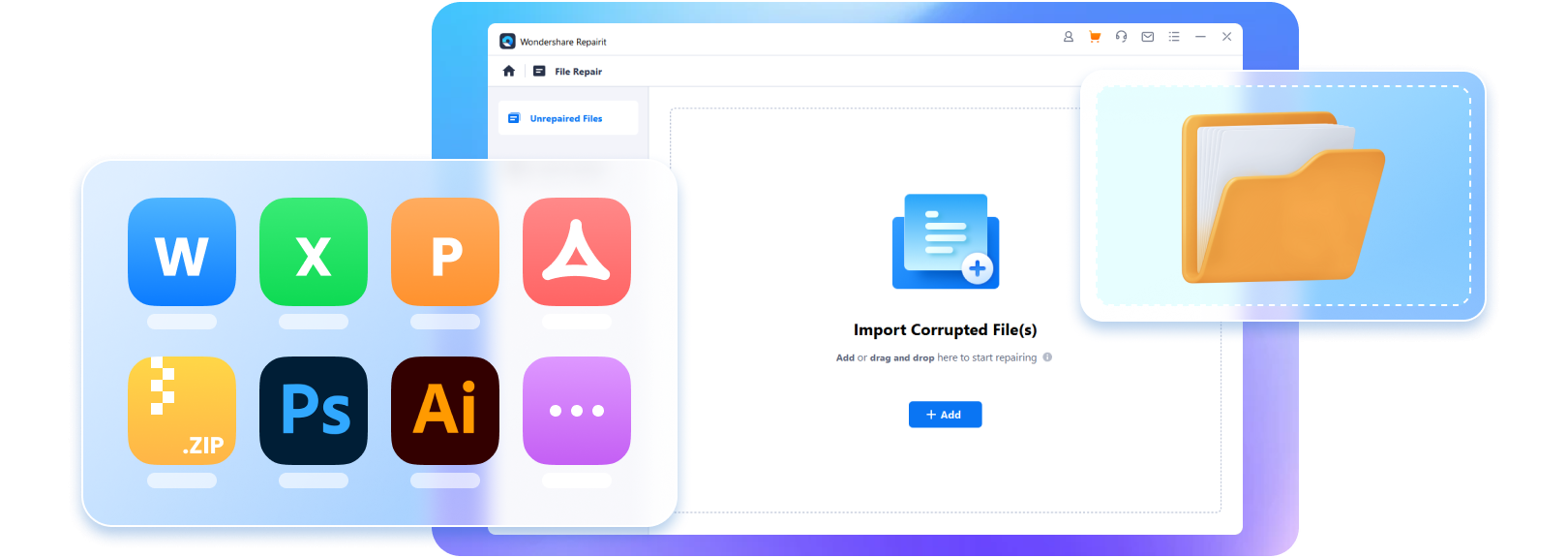“I'm exporting a bunch of my iphone text message conversations. The options are .txt, pdf, and .cvs. What's a CSV file and how is it better/different then the other two options? How do I open it and what sorts of things can I do with the data?” – Reddit user
When exporting data, you might notice the option to save it as a CSV file. You might wonder What a CSV file is and how it is different from other formats like .txt or .pdf.
A CSV file is a simple way to sort and store data in rows and columns, like a basic spreadsheet. Each line holds data separated by commas, making it easy to read and work with in tools like Excel or Google Sheets. Unlike a .pdf, which is like a snapshot, or a .txt, which is just plain text, CSV files let you easily sort, filter, and analyze data.
With a CSV, you can open, edit, and organize information however you need. Let’s look at why CSV files are so useful, how to open them, and what makes them a popular choice for data.
In this article
Part 1. What is a CSV Document?

A CSV (Comma-Separated Values) document is a simple file format used to store and organize data. It’s especially helpful when working with large sets of data that need to be sorted, filtered, or analyzed. This saves data in a plain text format where commas separate values.
- Rows: Each line in a CSV document represents a row in a table. For example, each row could represent one customer, product, or transaction.
- Columns: Values in each row are separated by commas, which make columns. These columns represent categories, like “Name,” “Email,” or “Date.”
Think of a CSV document as a simple spreadsheet where each piece of data is neatly arranged for easy reading and sorting.
Part 2. Uses and Applications of CSV Files
CSV files are widely used for organizing and storing data. They are popular because of their simplicity and compatibility with many programs, making them easy to work with. Here are some key ways CSV files are used:
- For data transfer between systems. CSV files make it simple to move data between different software systems. They work well with various tools like Excel, Google Sheets, and databases for easy import and export of data.
- For data analysis. Many data analysts use CSV files to handle large datasets. Programs like Python and R can easily read CSV files. So, they are ideal for analyzing trends, patterns, and statistics.
- For data storage. CSV files are often used to store records, such as lists of names, products, or transactions. They’re small in size and can be opened in text editors, so they’re a good choice for storing basic data.
- For web data exchange. Many websites use CSV files to upload and download data. For example, e-commerce sites often use CSV files to manage product listings, while social media sites may use them for user data exports.
Part 3. How to Open and Edit CSV Files?
CSV files are easy to open and edit, especially in programs like Excel and Google Sheets. Here’s a guide to help you get done:
Opening and Editing CSV Files in Excel
Excel is a robust application for organizing and analyzing data, and it's especially useful when working with CSV files. When you open a CSV file in Excel, it automatically organizes data into neat columns, using commas to separate each value. This feature makes it easy to view, edit, and format your data without needing extra tools. You can manage a list of contacts, analyze sales data, or handle any other data set.
Follow these steps to open and edit CSV files in Excel:
Step 1: Launch Excel on your computer.
Step 2: Go to File and Open. Find and select the CSV document you want to open.

Step 3: Excel may automatically separate data into columns based on commas. Check to make sure everything is correctly separated.
Step 4: You can now edit any cell or format the data as needed.
Step 5: Select File and click Save As. Choose CSV (Comma delimited) as the file type if you want to keep it in CSV format.

Step 6: Save the file to keep your changes.

You can’t miss: How to Fix CSV File Not Opening Properly in Excel?
Opening and Editing CSV Files in Google Sheets
Google Sheets is a convenient and accessible tool for managing and editing CSV files, especially when you need to collaborate online. When you open a CSV file in Google Sheets, the program automatically organizes the data into columns. Whether you’re managing contacts, tracking inventory, or analyzing data, Google Sheets offers intuitive tools for sorting, filtering, and formatting data. Plus, it allows you to share your work with others instantly.
Follow these steps to open and edit CSV files in Google Sheets:
Step 1: Go to Google Sheets and sign in with your Google account. Click File and click Import.

Step 2: Select Upload and drag your CSV file, or choose it from your computer.

Step 3: In the Import menu, select Replace current sheet to load your CSV data into the active sheet. Make sure the Separator type is set to Comma. Then, click Import data.

Step 4: Once loaded, you can edit any cell, add formulas, or format the data.
Step 5: Save your changes as a CSV file. Go to File and click Download. Then, choose Comma Separated Values (.csv).

Part 4. Common Issues with CSV Files and Solutions
CSV files are helpful but can sometimes become difficult to open or edit due to issues like unreadable characters (often from encoding problems), misaligned columns or rows (caused by formatting errors), missing or partial data (indicating corruption), or error messages when trying to open the file. These problems can make it challenging to work with CSV files.
Here are some of its causes:
- Improper Formatting: CSV files need commas to separate values and line breaks for rows. Extra commas, missing breaks, or wrong use of quotation marks can cause errors.
- Encoding Issues: Files saved with incompatible encoding formats (like UTF-8 vs. ANSI) can show unreadable characters or lose data.
- System Shutdowns: Unexpected power outages or crashes while saving can corrupt the file, leaving it incomplete.
- File Transfer Problems: If the file is interrupted during download or transfer, it may become corrupted.
- Large File Size: Very large CSV files can be harder to process and may become corrupted due to size limits.
You can fix these issues using a text editor. Spot and fix issues like extra commas or missing line breaks. If there’s an encoding problem, open the file in Notepad and choose a different encoding (e.g., UTF-8).
But for more serious issues, use tools like Repairit File Repair to automatically fix the CSV file. Repairit offers a powerful tool to repair corrupted files, including CSV, Excel, and other office documents. Whether you're facing issues with formatting errors, missing data, or unreadable characters, Repairit provides an easy fix to restore your files without modifying their original content.
Key Features:
- Effectively fix corrupted Excel files, including CSVs, and restore lost or damaged data without altering the original file.
- If your file's layout, formatting, or appearance has been distorted, Repairit can restore it to its original state.
- Repairit fixes the damaged files without modifying the original content, preserving text, images, hyperlinks, headers, and footers.
- The tool offers a fast, user-friendly interface that guides you through the repair process, ensuring minimal disruption to your workflow.
Follow these 3 steps to repair CSV files:
Step 1: Install and open Repairit CSV File Repair . Go to the File Repair section and click +Add to upload your damaged CSV files. You can select multiple files and repair them at once.

Step 2: After loading your CSV files, click Repair to begin the scanning and fixing process. The tool will display the repair progress, and you can cancel it anytime.

Step 3: Once the CSV file repair is done, click Preview to check the results. If you're satisfied, click Save to export the fixed CSV files to your chosen location. You can save all files at once by selecting Save All.

Fix Seriuoulsy Corrupted CSV Files in Minutes

Conclusion
CSV files are a simple and effective way to organize and manage data. They work well with programs like Excel and Google Sheets. While CSV files are useful, they can sometimes have issues like formatting errors or corruption. These problems can often be fixed by editing the file or using repair tools like Repairit, which restores corrupted CSV files without changing the original content.
FAQ
Are there any limitations to CSV files?
Yes, CSV files have limitations:1. They can’t store advanced data types (e.g., images, formulas).2. They don’t support multi-level hierarchical data (unlike JSON or XML).3. The lack of standardized text encoding may cause issues with non-ASCII characters.Can CSV files store complex data?
CSV files are designed for simple tabular data. They can store text, numbers, and dates, but they don’t support complex data types like images, formulas, or multiple sheets, as found in formats like Excel files.Are CSV files secure?
CSV files themselves do not include built-in security features. However, they can be encrypted or password-protected when shared or stored in secure locations.


 ChatGPT
ChatGPT
 Perplexity
Perplexity
 Google AI Mode
Google AI Mode
 Grok
Grok

